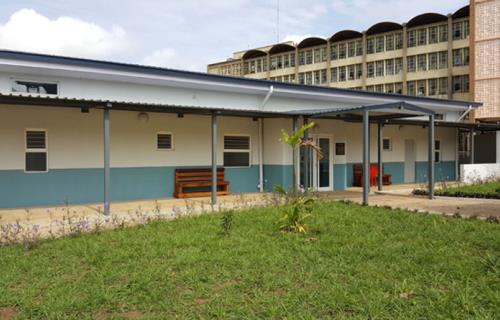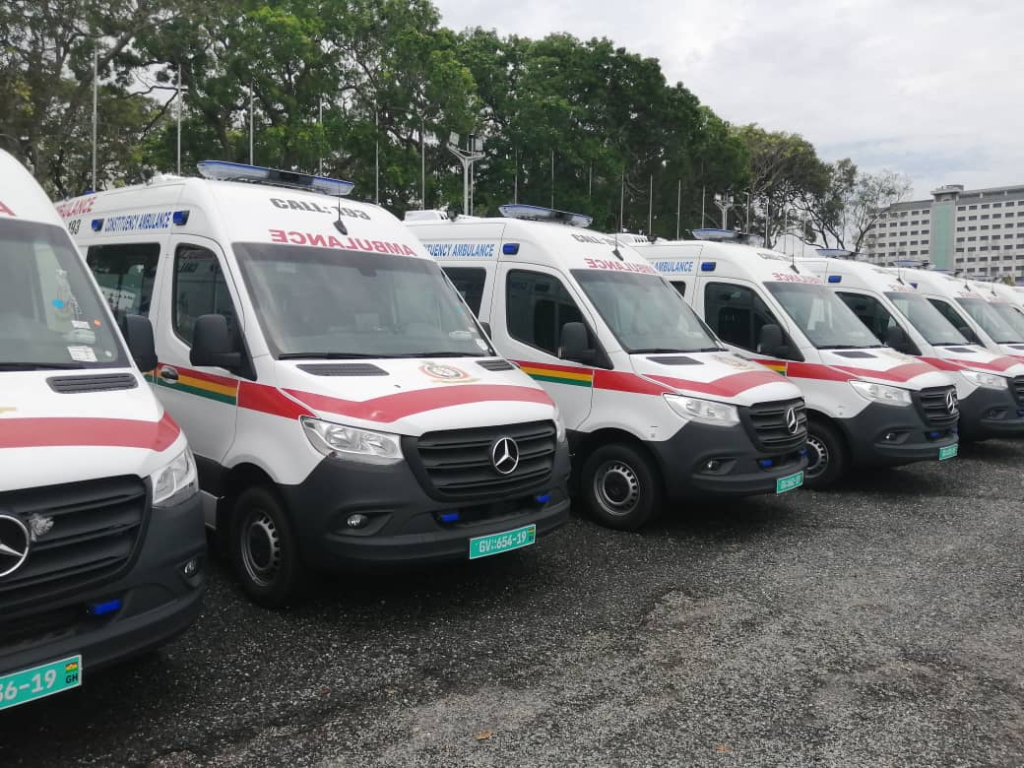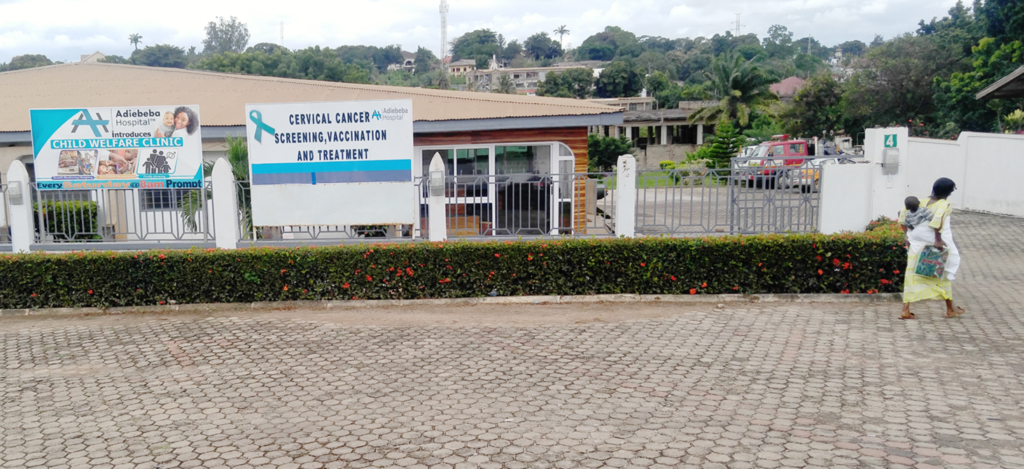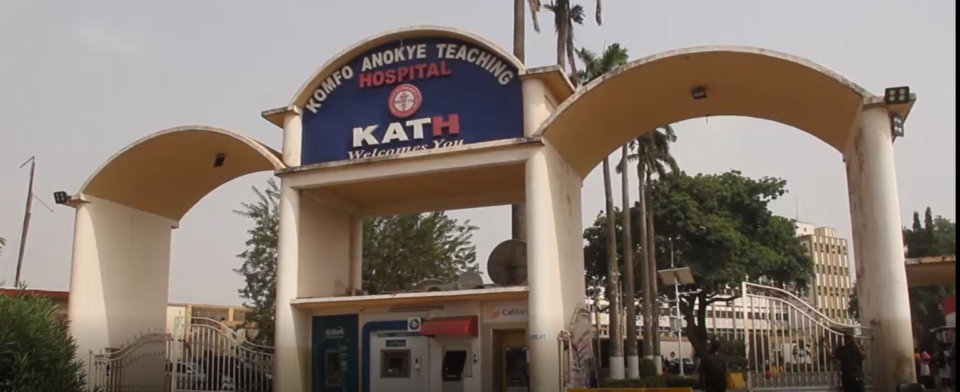The Komfo Anokye Teaching Hospital at its end of year performance review announced an over 100 per cent reduction in its maternal mortality rate.
“The heartwarming news about one important indicator in the hospital’s operations was the marked reduction in the number of maternal deaths,” said Dr. Oheneba Owusu-Danso, CEO of the Hospital.
“From a figure of 111 deaths in 2019, it reduced steeply to 53 in 2020,” he added.
He attributed the development to the operationalisation of the new Mother and Baby Unit and enhanced access to ambulance services.
But is the recorded percentage drop an improved care or scare of access to services at the hospital?
Ghana at war with maternal deaths
For the past two decades, Ghana has witnessed a turtled improvement in maternal deaths.
The Ghana Health Service has envisaged a reduction of 54 deaths per 100,000 live births by 2015 with the full implementation of the MDG Acceleration Framework.
The Service put in place several interventions, including free maternal health services, family planning and training, and repositioning of reproductive and child health staff.
Government planned to produce more midwives with the activation of more midwifery training schools.
“The initiative has resulted in a 13 per cent increase in national enrolment between 2007 and 2009,” the Ghana Health Service website stated.
The High Impact Rapid Delivery (HIRD) is one of the methods being carried out to reduce maternal and child mortality.
“HIRD is an attempt to scale up known priority cost-effective interventions for MDG 4, 5 in line with policy of ministry and international community while at the same time ensuring strengthening of health systems to support interventions,” Dr. George Amofah director of public health Ghana Health service explains in his presentation on the high impact delivery approach for MDG4.
“The programme is based on districts' own defined strategies with enough flexibility to make a difference,” he added.
Indeed, Fives Alive! a group assisting the programme is reported to have made some gains:
“The organization helped foster an 11% increase in skilled delivery, a neonatal care institution that boasted a coverage rate seven times higher than its baseline and representation in 33 of Northern Ghana’s 38 districts,” Rebecca Blanke of the Borgen Project reports.
Ghana VAST Survival Programme, Prevention of Maternal Mortality Programme (PMMP), and Safe-Motherhood are some of the initiatives.

Improved care at KATH?
In 2018, A Joy News documentary highlighted the needless deaths of mothers and babies at the Komfo Anokye Teaching Hospital, mainly due to congestion.
This led to the construction of a Mother and Baby Unit to save the situation.
The facility which became operational in March 2018 was reported to have made an impact the following year.
“The centre is already beginning to make the expected positive intervention in the delivery of maternal and antenatal care at the hospital,” Dr. Oheneba Owusu-Danso said in the 2018 mid-year review.

Maternal deaths compiled between May and July 2018 had declined from 25 in 2017 to 22 in 2018.
In the 2020 end of year review, Dr. Owusu-Danso pointed out that “the latest figure translates into maternal death ratio decline from 1,575 per 100,000 live births in 2019 to 847 per 100,000 live births in 2020.”
Dr. Owusu-Danso however believed strongly “improved clinical care” at the hospital accounted for the triumph.
“Two major contributing factors to this welcoming news could be the continued benefits the hospital is deriving from the new mother and baby Unit, the Nana Afia Kobi Serwaa Ampem center and also enhanced operational capacity of the National Ambulance Service which has ensured prompt and improved quality in the state referred patients are received in the hospital,” he noted.

The story of the ambulance services in the region has not been a good one. From 2014, the region had 17 ambulances. Unfortunately, by 2019, the region could boast of only 2 ambulances!
“As time went by, the ambulances went out of service. As at 2018/ 2019 we operated with 2 ambulances in the region. There were times they called for ambulances and you could not even attend to a quarter of our calls,” Ashanti regional Manager of Ambulance services, Duut Sommik recounted.
Fortunately, in 2019, government procured 307 ambulances for the National Ambulance Service. The Ashanti region received the highest number.
“Currently, we have operationalized 41 of them. They constraint that we had before, where they call and it takes hours, now takes minutes to move them from where they are to the referral centre,” Duut Sommik says.
A gynecological oncologist at KATH, Dr. Adu Appiah-Kubi would not agree less.
“Patients are resuscitated en route to KATH which was not happening hither to. Hardly will you see taxis bringing patients to the ‘Becca’ (New maternity) block.
“There are prompt access to theatre, recovery ward spacious labour ward and an ICU where very critical cases are managed by obstetrics and gynaecology and anaesthesia teams,” Dr. Adu Appiah-Kubi affirmed.
At the regional level, 105 deaths were recorded, 20 shy of the national target.
“KATH being our only tertiary referral centre contributes significantly to the region’s performance, and so the reduction in number of maternal deaths at KATH made a little impact,” Ashanti regional deputy director of health in charge of clinical care, Dr. Rita Larsen-Reindorf confirmed KATH’s feet.
What about the covid-19 scare? In Dr. Owusu-Danso’s speech, he said the Family Medicine Directorate recorded a significant fall in attendance of close to 46,000 from 73,000 last year.
This comes at the back of 8.32 percent reduced deliveries.
The 37.41 percent drop at the Family Medicine Directorate was among a myriad of declines recorded by other directorates of the Hospital due to covid.
If the Hospital had posted almost the same figure in 2020, is it likely the numbers might have risen or remained the same?
Is “the lowest figure in the last five years” only an outcome of improved KATH care?
Improved peripheral care?
Dr. Owusu-Danso was unimpressed with poor obstetrics and gynaecological services at peripheral hospitals during the 2019 mid-year review.
"It is time for critical analysis on maternal mortality and this must lead to strengthening specialist services in the obstetrics outcomes,” he advocated.

Is it possible there have been an improved obstetric and gynaecological services at peripheral hospitals?
Dr. Appiah-Kubi believes the peripheral hospitals share in this outcome.
“The peripheral hospitals are also doing well. Now there are very good private hospitals in Kumasi which have taken some loads off KATH.
“For hospitals like Asofo Boakye, Trustcare, Magazine Clinic, Adiebeba Hospital, there are both specialists and senior specialists manning their obstetrics and gynaecology departments,” Dr. Adu Appiah Kubi observed.
Is there hope?
Dr. George Amofah identified additional release of funds, poor involvement of the MDA’s at the district, weak Monitoring and Evaluation as factors militating against the successful implementation of the High Impact Rapid Delivery.
Improved care at the peripheral hospitals, construction of more hospitals and provision of ambulance services will also be crucial in reducing maternal deaths.
Though the country seems to be making headway, there will still be a fall short of the global rate of 211 deaths per 100,000 live births.
Maternal deaths of 53 at KATH may be heralded as “heartwarming news” but will that even result in an overall change in maternal mortality Ghana? Or we might be tempted to refer to a line in the slides of Dr. Amofah, which says, there has been “no apparent change.”
Latest Stories
-
Denis Marfo receives call-up to Ghana’s U-20 squad ahead of AFCON
5 minutes -
MEST Africa, Mastercard Foundation announce selection of 12 companies for second cohort of EdTech Fellowship in Ghana
7 minutes -
Broken promises of a 30-year lease – Damang Youth demand accountability from Goldfields
20 minutes -
Africa Energy Chamber advocates strategies to close about $20bn annual Africa energy infrastructure deficit
21 minutes -
Author Ralph to celebrate 20 years of book writing and publishing
24 minutes -
Ghana is bleeding billions – Can we afford to stay silent?
41 minutes -
Accra dysfunctional streetlights raise safety concerns
44 minutes -
William Amponsah sets new national record in the men’s 10,000m
1 hour -
TGMA Artiste of the Year: A battle of two Kings and a Living Stone
1 hour -
Whoever leads NDC with Mahama’s record will beat any NPP candidate – Quashie
2 hours -
Margaret Naana Ackom confirmed as first female DCE of Gomoa East
2 hours -
Musah Dunkwah explains key figures behind NPP’s defeat in 2024 elections
2 hours -
Scientists find ‘strongest evidence yet’ of life on distant planet
2 hours -
OR Foundation’s support sparks spontaneous jubilation among Kantamanto traders
2 hours -
Van Dijk signs new Liverpool contract
2 hours

